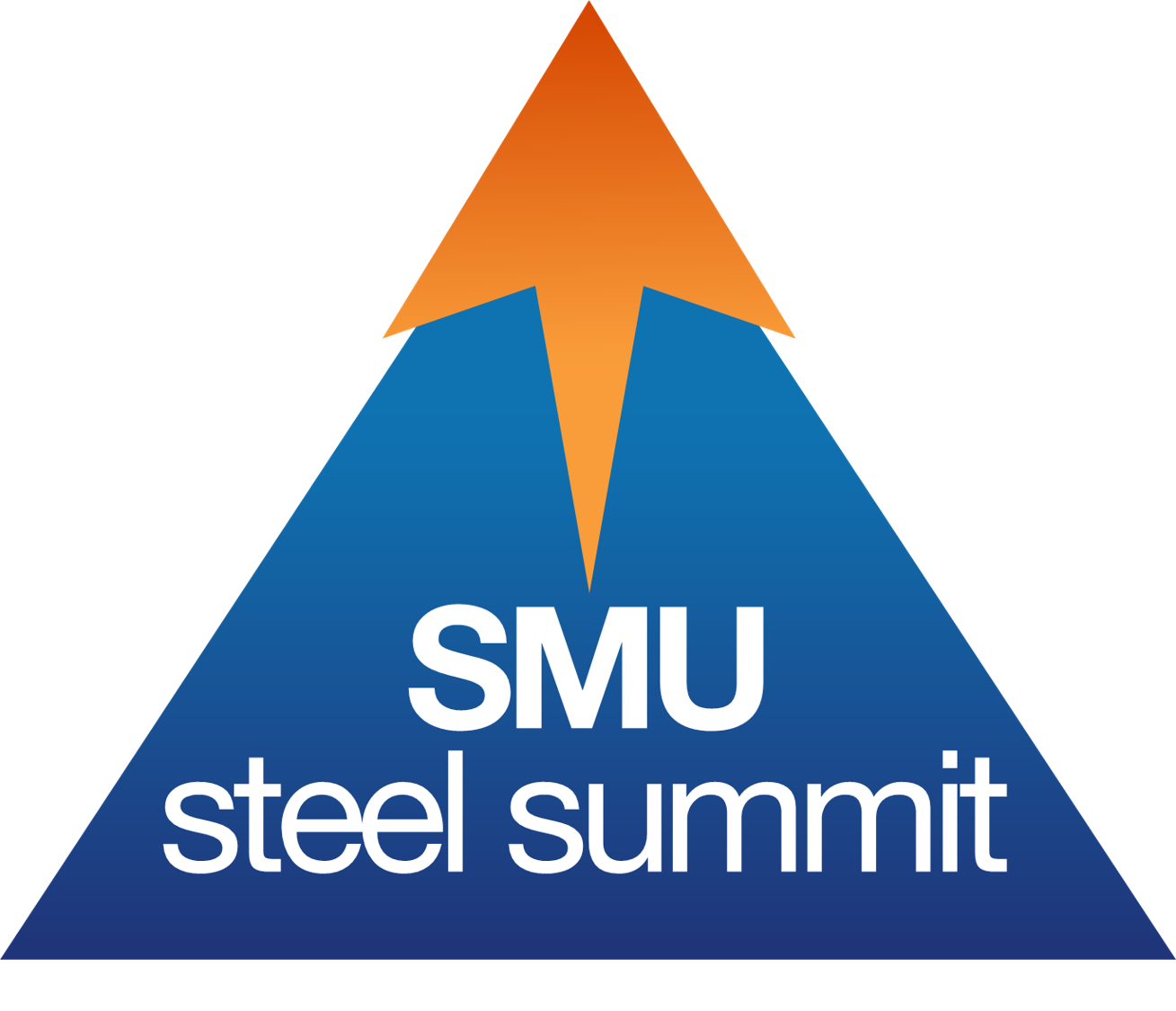SMU Community News

Steel Summit 2024: Leading analysts forecast coming year for steel
Written by Laura Miller
August 27, 2024
Leading industry analysts on Monday discussed steel prices and how they will be impacted by trade policy, consolidation, mill discipline, November’s elections, and more.
On the first day of the 2024 Steel Summit in Atlanta, CRU’s Head of Steel Americas Analysis Josh Spoores led the conversation, exploring the trends and issues driving steel and share prices in the US and abroad.
Joining him for the discussion were Timna Tanners, managing director of equity research for Wolfe Research; Alex Hacking, head of steel and mining research for Citi; and Tristan Gresser, head of steel equity research for BNP Paribas Exane.
Steel price forecasts
Tanners characterized current steel demand as “not terrible, but not great,” with Hacking predicting demand will continue to weaken somewhat. This tepid demand should keep steel prices in check.
Hacking’s short-term outlook predicted a bounce in HR prices to ~$800 per short ton (st) by year’s end.
“If we look forward for the next 12 months, I do think it’s hard to argue why steel prices would be higher over the next 12 months than they have been over the last 12 months,” he said.
Tanners forecasted average hot-rolled (HR) coil prices to be around $775/st in 2025, with galvanized sheet and plate prices “staying more muted.” And with new EAF steelmaking capacity ramping up, she believes scrap prices will remain a little higher as well.
She is standing by her “Galvanized Galore” thesis: With a flood of galvanized capacity coming online in North America, she believes the galv vs. HR premium will drop further over the next two years.
Steel industry consolidation
On consolidation in the steel industry, Gresser believes the bulk of M&A is done. The challenge now, he said, is finding folks willing to sell their business.
Moving forward, he predicted we won’t see as many mergers and acquisitions but “consolidation by attrition.”
Tanners agreed that consolidation is mostly over with, although some smaller companies like Evraz North America and NLMK USA remain up for grabs.
She commented that Cliffs’ interest in purchasing USS is “absolutely off the table” after its agreement to buy Stelco.
Mill discipline
“The large amount of consolidation that we saw, in theory, allows for a more disciplined production strategy, and we really saw that from 2017 to 2022,” Hacking said in his Summit presentation.
Late in 2022 and through 2023, US sheet shipments began ramping up, but mills have been unwilling to concede market share.
Nucor, for example, who had been a leader in supply discipline, is now targeting a higher share of the sheet market. Hacking suggested the start-up of the company’s new sheet mill in West Virginia in 2025 could be when it gets aggressive in going after market share. And that could cause “significant price pressure,” he noted.
“The production discipline that we’ve seen on the sheet side does appear to be breaking down,” Hacking added.
Impact of November’s elections on steel
Gresser proposed that “the easiest bull case for US steelmakers is if Trump gets elected.”
“I think the former president has probably unfinished business with the steel industry,” he added.
Should Trump win in November, Gresser foresees the return of 232 tariffs on “sticky” volumes from Europe.
In the event of a Harris victory, he also foresees a bull case for steel, noting the strong prospects of carbon-based tariffs under a Harris administration.
Also, this January, the International Trade Commission (ITC) will submit its report on carbon intensity around the world to whoever wins in November.
“I think it’s going to be very easy to see any president, Republican or Democrat, act on it, whether it’s to fight climate change or to support reshoring. I think it’s the real possibility,” Gresser stated.
Trade relations
In his presentation, Gresser proposed that trade “is back on the agenda.” He discussed several reasons why he expects US steel imports to decline over the next year.
What could happen in the next six months? Blanket tariffs, USMCA trade frictions, carbon-based tariffs, and a return of tariffs on imports from Europe, he predicted.
He also commented that the US needs to determine what its relationship will be with its biggest trading partners, Mexico and Canada. Making a case for aggressive action against Mexico was easier a year or two ago, but now, the US actually has a trade surplus with its neighbor to the south, he pointed out.
“I think a mini trade war, or USMCA trade war, is going to be not necessarily beneficial for the US market,” he cautioned.
Watch out for the wild cards
Tanners finished her remarks by proposing some questions on potential wildcards for the steel industry:
- What happens with the restart of ArcelorMittal Lazaro Cardenas and the capacity ramp-ups at SDI Sinton, Big River Steel, and Algoma?
- Does AHMSA ever come back? (Btw, it “looks like not,” according to Tanners and other sources SMU has spoken to.)
- Will the trend of consumers buying mills affect the market? (such as Zekelman’s 5% stake in Algoma)
- What about mills advancing downstream/specialty plans? (like SDI going into aluminum.)
- Is Cleveland-Cliffs done with buying after it acquires Stelco? If not, who’s next?

Laura Miller
Read more from Laura MillerLatest in SMU Community News

SMU Steel Summit 2025: Prime hotel spots are nearly gone!
After last year’s historic turnout, the buzz around SMU’s Steel Summit 2025 is picking up. So, it’s no surprise room blocks are going quick, and I mean FAST. Get ready for another blockbuster event! This year’s meeting of the North American flat-rolled steel industry is shaping up to be another record-setting gathering with a timely […]

Holiday Notice: Happy Thanksgiving!
Steel Market Update will be taking time off in observance of Thanksgiving.

Steel Summit 2024: Six degrees of Nucor’s Dan Needham
Dan Needham has been with Nucor for 24 years, and he said the key to that longevity has been the company’s culture.

Steel Summit 2024: SDI’s Barry Schneider keeps the hits rolling
Whether as a guitar player in a rock and roll band or as a high-powered executive at Steel Dynamics Inc. (SDI), it’s all about the team for SDI’s Barry Schneider.
